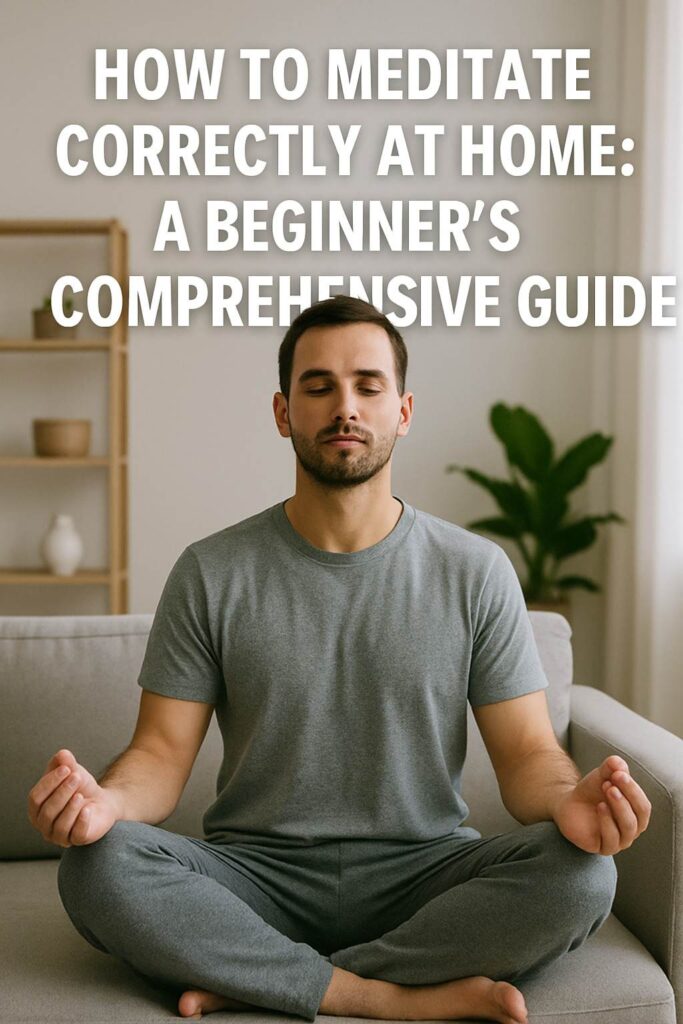Meditation is one of the most effective methods of dealing with stress, increasing concentration, and finding inner peace. With the busy lifestyle of today’s world, people are coming towards meditation to find balance in their lives. The good news? You don’t have to invest in a high-end studio or take classes from a professional. Getting to know how to meditate at home is a simple, no-cost, and highly successful endeavor when done consistently.
Whether you are a total newcomer or one who wishes to fine-tune your practice, this step-by-step tutorial will guide you in developing a serene meditation regimen right from the comfort of your own home.
1. Select a Quiet and Comfortable Space
The first thing to do for meditating at home is choosing a peaceful place where you will not be interrupted. It can be a corner of your bed room, a place at the window, or even your balcony. Ensure that the place is tidy, quiet, and distraction-free. You can include a cushion, mat, candle, or aromatherapy oils to provide a soothing environment.
2. Choose the Right Time
There is no set time to meditate, but early morning or night is best. Pick a time when your home is quiet and your mind is not too busy. Begin with 5–10 minutes a day only. As you get into the habit, you can extend the time.
3. Sit in a Comfortable Position”
You don’t need to sit cross-legged on the floor if it’s uncomfortable. Sit on a chair with your back straight and hands resting gently on your lap. Keep your spine upright and shoulders relaxed. Comfort is key—your body should be still but not tense.
4. Focus on Your Breath
Slowly close your eyes and focus on your breath. Breathe normally and observe the movement of the air in and out of the nostrils. Should your mind wander (which it will), bring your attention back to your breath gently. This is the most basic form of awareness, the key to meditation.
5. Begin with Guided Meditations
If you have a difficult time sitting in silence, experiment with guided meditations through apps such as Headspace, Calm, or Insight Timer. They provide free beginner’s sessions that feature breathing exercises, mindfulness, and body scans.
In the midst of your meditating experience, you might find websites such as Limehouse, which include wellness content, mindful living materials, and how to work with creators who are dedicated to mental clarity and holistic wellness. These types of sites deepen your practice and inspire you.
6. Be Patient and Consistent
Meditation is not about stopping your thoughts—it’s about observing them without judgment. Don’t expect perfection. With regular practice, you’ll notice improved focus, reduced stress, and emotional balance. Even on days when your mind feels busy, showing up and sitting down is what matters most.
7. Reflect After Each Session
Following meditation, take a moment to be aware of how you feel. Are you more centered? Calmer? Writing down your thoughts or just sitting quietly in silence serves to reinforce the positive effects of your practice.
Conclusion
Learning to meditate correctly at home is an adventure in self-refinement and inner peace. By establishing a serene environment, adhering to simple methods, and meditating regularly, you can achieve the subtle advantages of meditation without ever stepping out of your home. Begin small, remain consistent, and allow the quiet times to guide you into a more centered and balanced life.

